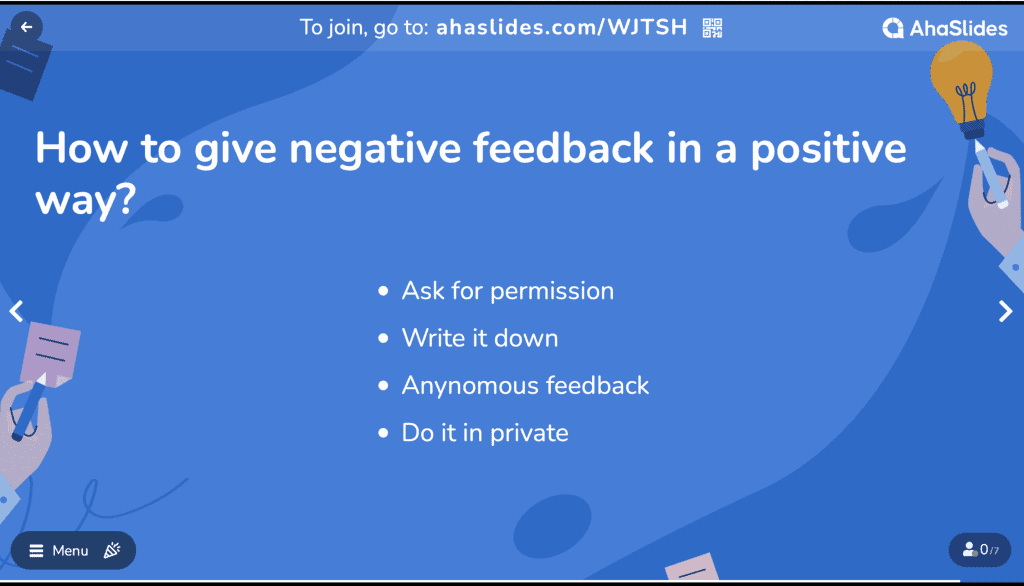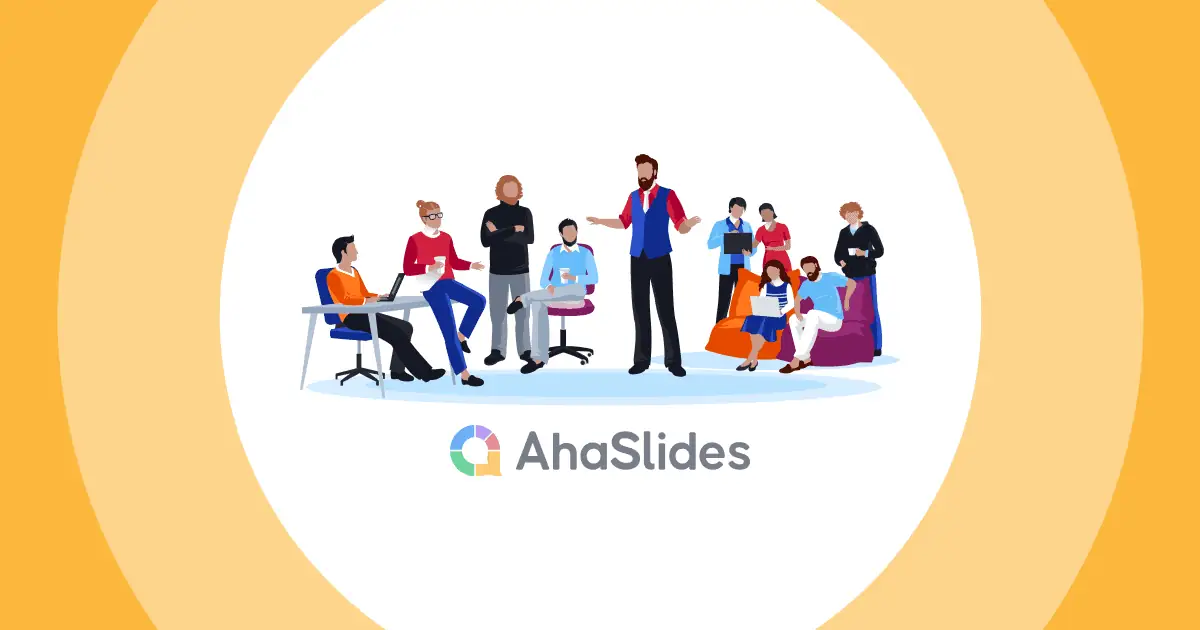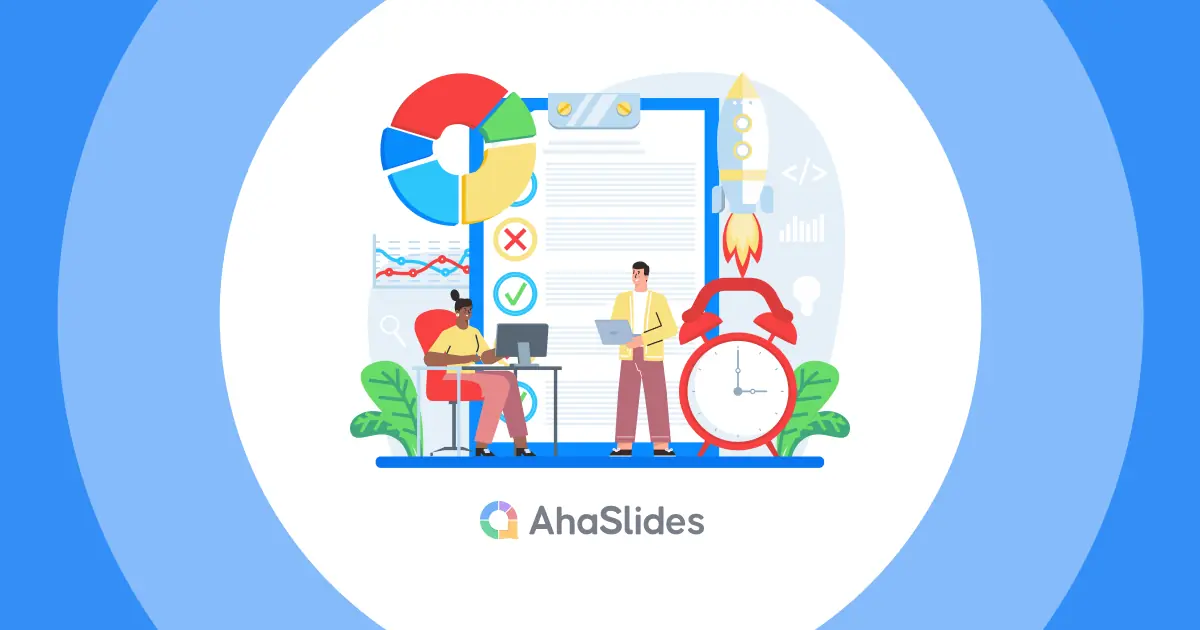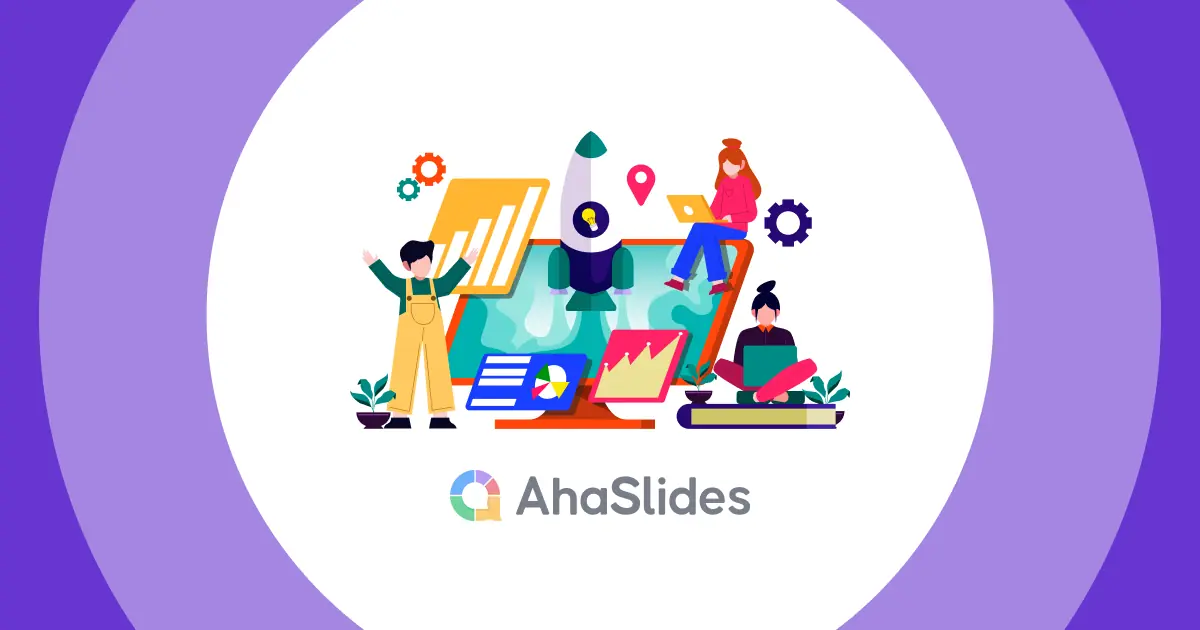"Staff Training is difficult" - many employers find it hard to train young staff, especially generations like Gen Y (Millennials) and Gen Z, the dominant labor force for the current and next decades. Traditional training methods may not align with the preferences of tech-savvy generations anymore.
So, are you ready to transform staff training in your organization? Here is the 8-step training model on how to train your staff for the future of work.
Table of Contents
- The Importance of Innovating Staff Training in 2025
- How to Train Your Staff - A Complete Guide (+ Examples)
- Step 1: Understanding your Employee Needs
- Step 2: Promote Personalized Training
- Step 3: Implement Staff Training Software
- Step 4: Leverage E-learning Platforms
- Step 5: Gamified-based Assessments
- Step 6: Involving Collaboration Space
- Step 7: Real-Time Feedback Mechanisms
- Step 8: Build up a Continuous Learning Culture
- Key Takeaways
- Frequently Asked Questions

Get your Staff Engaged
Start meaningful discussion, get useful feedback and educate your staff. Sign up to take free AhaSlides template
🚀 Grab Free Quiz☁️
The Importance of Innovating Staff Training in 2025
The significance of innovating staff training in the next decade is a relevant and timely topic, as the world of work is undergoing rapid and profound changes due to the Fourth Industrial Revolution.
According to the World Economic Forum, we need to reskill more than 1 billion people by 2030, as 42% of core skills required to perform existing jobs are expected to change by 2022. Therefore, staff training needs to be innovative, adaptive, and responsive to the changing needs and demands of the workforce and the market.
How to Train Your Staff - A Complete Guide (+ Examples)
How to train your staff effectively? Here is an 8-step training model to help you have engaging and successful staff training.
Step 1: Understanding Your Employee Needs
The first step in successful employee training is learning skills gaps among employees. By knowing what your employees want and need from their work, you can design and deliver training programs that are relevant, engaging, and beneficial for them.
A training needs analysis is a systematic process of identifying the gaps between the current and desired knowledge skills and abilities of your employees. You can use various methods, such as observation, assessment, documentation review, or benchmarking, to collect data on your employees’ current performance, strengths, weaknesses, and areas for improvement.
Step 2: Promote Personalized Training
Staff training needs to be tailored to the individual needs, preferences, and goals of each worker rather than adopting a one-size-fits-all approach.
Personalized training plan can increase learner motivation, satisfaction, and retention, as well as improve learning outcomes and performance. Staff training can leverage data analytics, adaptive learning, and feedback mechanisms to deliver personalized learning experiences.
Personalized staff training isn't as expensive as you might think. According to a SHRM article, personalized learning is becoming a way to attract talent and reduce training costs.
For example, McDonald’s has promoted Archways to Opportunity quite successfully. This program helps employees improve their English skills, earn a high school diploma, work toward a college degree, and create an education and career plan with the help of career advisors.

Step 3: Implement Staff Training Software
Staff training software is a valuable tool for improving business outcomes by implementing internal educational programs that advance employee growth and retention. There are more and more organizations utilizing this software to customize an engaging and meaningful learning site for their employees. It can be part of an effective on-the-job training program or part of onboarding.
Some popular staff training software that is recommended by experts are Spiceworks, IBM Talent, Transformation, and Connecteam.
Step 4: Leverage E-learning Platforms
Training staff needs to utilize the potential of e-learning platforms to offer flexible, accessible, and cost-effective learning solutions. This is an inclusive and less expensive platform than staff training software. It can enable staff to learn anytime, anywhere, and at their own pace, as well as provide them with a variety of learning formats, such as videos, podcasts, quizzes, games, and simulations. They can also facilitate collaboration, interaction, and peer learning among staff.
For example, Air Methods, a helicopter company, used Amplifire, a cloud-based learning system, to provide personalized training for its pilots.
Step 5: Gamified-based Assessments
What motivates employees at work? What makes them willing to improve themselves every day? A healthy internal competition among employees can solve this issue. Challenges won't need to be hard because your focus is making everyone feel comfortable and urgent to reskill and upskill.
Many companies nowadays use gamification in workplace, especially in employee training programs. For example, top companies in the Forbes 500 have been using AhaSlides to train their new hires on leadership skills. The training program consisted of a series of online quizzes and challenges that employers face. The trainees earned points, badges, and leaderboards as they completed the missions and received real-time feedback from their peers and mentors.

Step 6: Involving Collaboration Space
A focused part of employee training is improving interaction and collaboration among team members. Many cross-functional teams need short training like that before working with each other. It is believed that using collaborative workspace furniture to create a physical collaboration space for your staff brings a wide range of benefits.
Collaborative workspace furniture is designed to facilitate teamwork, communication, and creativity among your staff. For example, you can use modular tables, chairs, and whiteboards to create flexible and adaptable training spaces that can accommodate different group sizes and activities. You can also use ergonomic and comfortable furniture to enhance the well-being and productivity of your staff.
Step 7: Real-Time Feedback Mechanisms
Giving and receiving feedback is an important process on how to train your staff effectively. Feedback from trainees and trainers are essential for companies to adjust their training program better and create better learning outcomes.
You might be surprised that not having abilities or skills is creating a gap between employees and the organization. Mental health and work-life balance might be the factor, and feedback collecting can anticipate negative things occur. This part is also related to the work shadow phenomenon in the workplace nowadays, where employees are forced to work at what they do not want to.
Arrange frequent occasions to collect feedback and, more importantly, give staff a comfortable space to fill out their feedback and evaluation forms. Follow-ups or post-training checks are crucial as well; ongoing and advanced training can be implemented as soon as the employee has settled in.

Step 8: Build up a Continuous Learning Culture
Staff training needs to create a culture of innovation and continuous learning within the organization, where staff are encouraged and supported to seek new knowledge, skills, and opportunities for growth.
Long-term staff training can foster a culture of innovation and continuous learning by providing staff with incentives, recognition, and rewards for learning, as well as creating a safe and supportive environment where staff can experiment, fail, and learn from their mistakes.
Key Takeaways
💡Interactive and engaging staff training is what the leading companies are seeking nowadays. Join 12K+ organizations community who are working with AhaSlides to bring the best training and development program for their employees.
Frequently Asked Questions
How should you train your employees?
When training your employees, it is crucial to focus on both soft skills and hard skills. Encourage your employees to be proactive and self-reliant when it comes to learning and working. Provide them with the tools and skills to find solutions, experiment, and learn from their mistakes.
How do you train existing staff?
For existing staff, personalized training can be effective. Design training that fits their level, pace, and style of learning. Another idea is implementing cross-training, which can improve collaboration and diversity for the team.
What skills do you need to train staff?
Some basic skills that are good for staff training are communication, presentation, leadership, and technical skills.
Ref: HBR | Breathe | McDonal's








